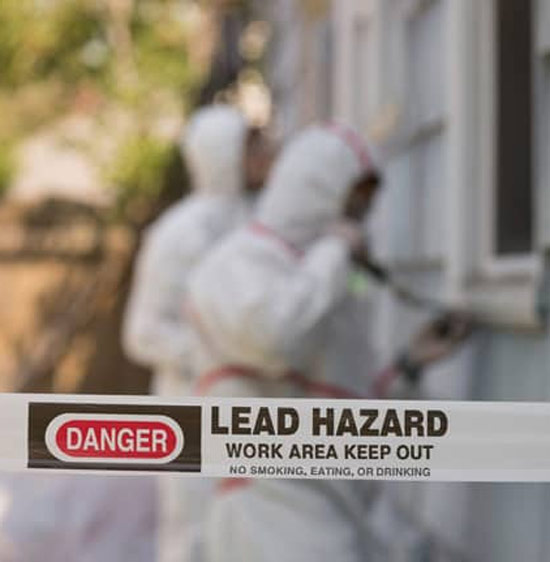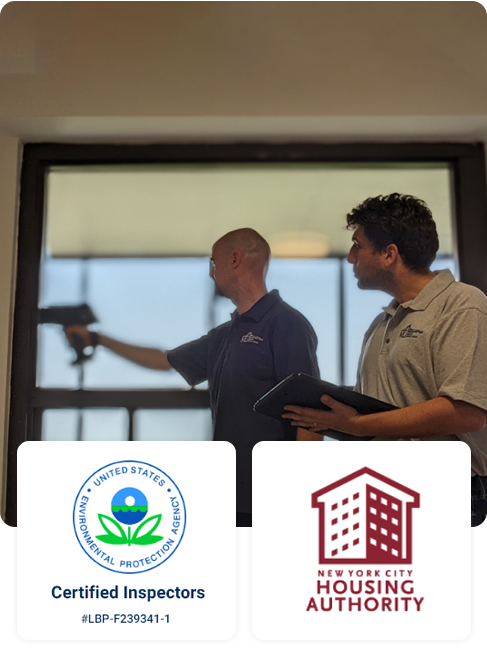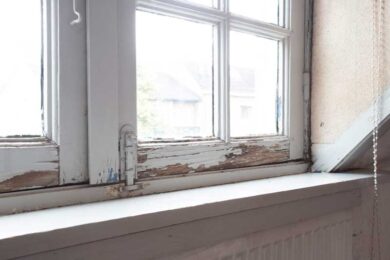Ideal Practices for Making Certain Safe and Complete Lead Violation Reduction
Addressing lead violation abatement requires a multi-faceted method to ensure both safety and conformity. It's the last clearance process, including extensive examinations and research laboratory screening, that really verifies a lead-free setting, ensuring lasting safety. Just how do these methods interconnect to ensure comprehensive lead abatement?

First Assessment
Performing a first assessment is a vital initial step in lead offense abatement. This phase encompasses a thorough evaluation of the property to determine the existence, level, and particular places of lead-based threats. Certified professionals, such as licensed lead inspectors or take the chance of assessors, must execute an extensive website assessment, using devices like X-ray fluorescence (XRF) analyzers to properly identify and measure lead focus in paint, dust, dirt, and water.
The analysis should likewise consist of an evaluation of the building's background, previous reports, and any type of complaints or health and wellness concerns reported by residents - Lead Removal Contractors. Documenting the findings diligently is crucial, as these records form the basis for developing a reliable reduction strategy. A comprehensive assessment likewise includes sampling and laboratory evaluation, which are important to confirm the existence of lead and guide succeeding actions
Additionally, it is important to connect the results transparently to all stakeholders, including homeowner, tenants, and regulative authorities. By guaranteeing that the initial evaluation is conducted with accuracy and roughness, professionals can lay a solid foundation for a targeted and efficient lead abatement procedure, inevitably guarding public wellness and ensuring conformity with governing standards.
Proper Containment
Appropriate containment is important to avoid the spread of lead impurities throughout reduction tasks. Properly taking care of containment lessens the risk of lead dirt and particles moving to non-work areas, therefore safeguarding both the environment and individuals outside the prompt job zone.

Normal evaluations of the containment location are essential to look for violations or weaknesses in the barrier. Any kind of identified problems should be immediately addressed to preserve the stability of the containment. By sticking to these methods, reduction jobs can effectively manage lead contamination and mitigate involved health risks.
Employee Defense
Making sure employee protection is vital during lead reduction projects to stop job-related exposure to dangerous lead bits. Crucial measures consist of using personal protective equipment (PPE) such as respirators, handwear covers, and full-body suits specifically developed to obstruct lead dirt and fumes. Workers ought to go through comprehensive training on the appropriate usage and upkeep of PPE, consisting of in shape screening for respirators to guarantee optimum efficacy.
Engineering top article controls, such as local exhaust ventilation systems, are critical in minimizing airborne lead concentrations in the workplace. Administrative controls need to additionally be implemented, consisting of limiting the duration of direct exposure and rotating workers to reduce specific direct exposure times. Routine medical surveillance and biological monitoring are vital for early detection of lead absorption, enabling prompt treatment and therapy.
Furthermore, establishing a purification method is vital. Workers need to follow strict decontamination treatments prior to breaks and at the end of their change to avoid lead dirt from being carried outside the workspace. This consists of thorough hand and face cleaning with lead-specific cleansing representatives and altering out discover this of infected garments.
Careful Clean-up
Maintaining a safe work atmosphere prolongs past employee security and incorporates precise cleaning to make certain lead fragments are thoroughly gotten rid of from the website. The process of thorough cleaning is essential in preventing the recontamination of the abated location and guarding both existing and future passengers.
To attain a detailed cleanup, all work locations need to be systematically sanitized. This includes using specialized HEPA (High-Efficiency Particulate Air) vacuum cleaner cleansers and wet-wiping methods to catch and get rid of fine lead dirt that may have decided on surface areas. It is critical to clean up all index straight surfaces, consisting of floorings, window sills, and counter tops, as well as vertical surface areas that may have entraped lead bits.
Employees should use appropriate personal safety equipment (PPE) throughout clean-up to avoid direct exposure to residual lead dust. Used cleaning products such as wipes, sponges, and wipe heads need to be taken care of according to contaminated materials disposal regulations.

Last Clearance
Final clearance is the critical concluding stage of lead abatement that determines whether the site is safe for reoccupation. This essential step includes thorough inspection and testing to confirm that all lead threats have actually been efficiently gotten rid of.

Last clearance screening not just safeguards future residents yet likewise makes certain conformity with neighborhood, state, and federal guidelines. It serves as a documented validation of the abatement contractor's adherence to market ideal techniques. Making certain a detailed and effective last clearance is crucial in guarding public health and cultivating rely on the reduction procedure.
Final Thought
Guaranteeing risk-free and extensive lead infraction reduction requires a multifaceted approach incorporating preliminary assessments with innovative detection methods, reliable control methods, strict employee security protocols, and careful clean-up procedures. The final clearance phase, including thorough examinations and lab screening, is critical to validate conformity with EPA requirements. Adherence to these best methods assures a risk-free environment for residents, minimizes wellness risks, and promotes governing needs, thus promoting public wellness and safety in lead-affected areas.